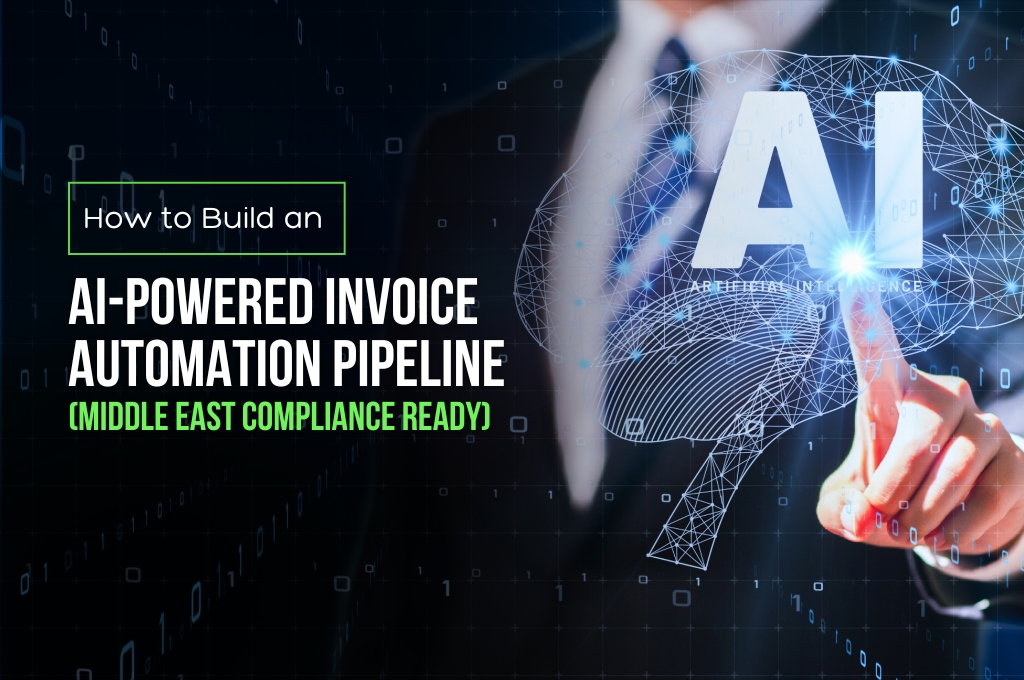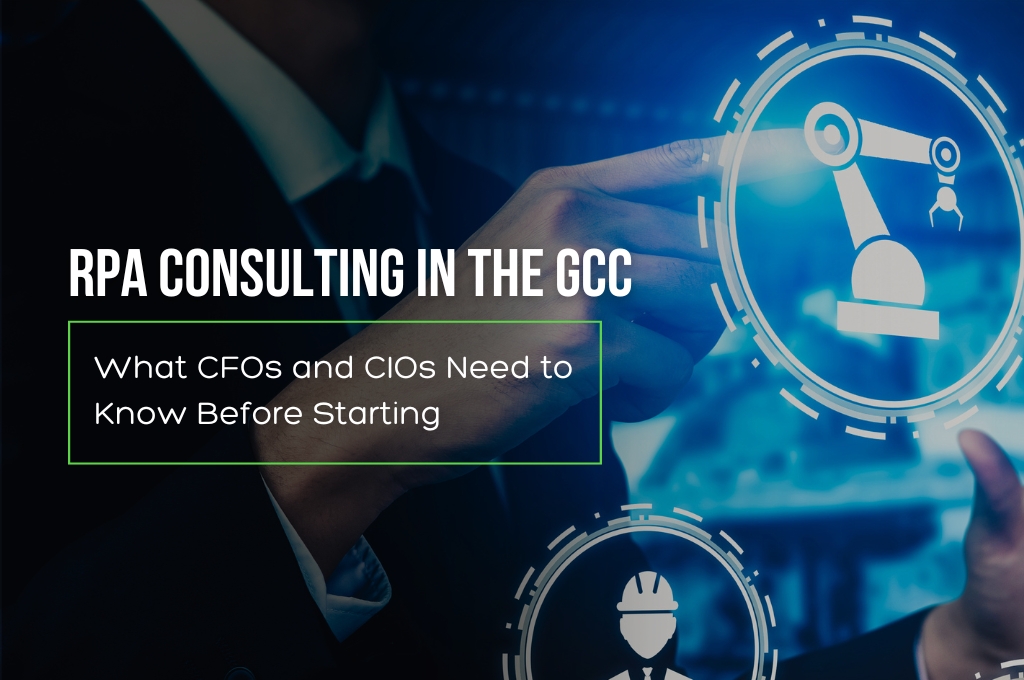In a world of accelerating technological advancements, innovation is not just a competitive advantage—it’s an existential necessity. Legacy systems, the backbone of many organizations, are facing unprecedented pressure to evolve, adapt, and transform. These aging systems, built during a different technological era, are no longer sufficient to handle the demands of modern businesses.
Yet, transitioning from legacy infrastructure to cutting-edge platforms isn’t just about throwing out the old and bringing in the new. It requires strategic, thoughtful application of modern product engineering principles to ensure continuity, scalability, and the ability to leverage exponential technologies. Over 69% of CIOs say that modernizing legacy systems is a top priority for their IT strategy in 2024.
Why Legacy Systems Hold Businesses Back
Legacy systems—often characterized by outdated architecture, lack of scalability, and high maintenance costs—can severely restrict an organization’s ability to innovate.
Key challenges of legacy systems include:
- Inefficiency: Older systems are prone to performance bottlenecks and downtime.
- Security Risks: Without regular updates, legacy systems become vulnerable to cyber threats.
- High Maintenance Costs: Supporting outdated technology demands significant resources, draining budgets that could be invested in innovation.
- Incompatibility: Legacy systems struggle to integrate with modern applications, which are essential for agility in today’s tech landscape.
Organizations that fail to modernize risk falling behind their competitors, who are leveraging modern technologies to optimize operations, reduce costs, and improve customer experiences.
The Role of Modern Product Engineering in Legacy System Modernization
Modern product engineering enables businesses to transform their legacy systems into agile, scalable, and future-proof infrastructures. By applying best practices in software development, modern product engineering ensures that companies not only overcome the limitations of outdated systems but also gain a competitive edge.
Key phases of legacy system modernization through product engineering include:
1. Technology Assessment & Strategy
The first step in modernizing legacy systems is conducting a thorough technology assessment. This involves evaluating existing infrastructures to identify areas of inefficiency, bottlenecks, and security risks. A strategic roadmap is then developed to align modernization efforts with business goals and ensure scalability.
2. MVP Development & Incremental Updates
Starting with a Minimum Viable Product (MVP) allows organizations to modernize their systems in smaller, manageable increments. MVPs help businesses test new technologies, gather user feedback, and minimize risk by focusing on high-priority areas before expanding modernization efforts.
3. Cloud Migration & Architecture Redesign
Migrating to cloud-ready architectures is a cornerstone of modern product engineering. Cloud-based solutions offer flexibility, scalability, and cost-efficiency compared to traditional on-premises infrastructure. By adopting microservices architecture, organizations can decouple their systems into smaller, independent modules, making them easier to update and scale.
- Cloud benefits include:
- Improved scalability and flexibility.
- Reduced infrastructure costs.
- Enhanced data security and compliance.
4. API Integration & Microservices
APIs and microservices architecture enable legacy systems to communicate seamlessly with modern applications. Instead of overhauling an entire system, organizations can integrate new functionalities through APIs, allowing for a gradual modernization process. This strategy improves agility, enabling businesses to respond quickly to market demands.
Key Benefits of Legacy System Modernization
By leveraging modern product engineering practices, businesses can unlock numerous advantages, including:
- Scalability: Modern systems can handle growing demands and seamlessly integrate with emerging technologies.
- Improved Performance: Enhanced processing power and cloud-based infrastructures deliver faster, more reliable operations.
- Cost Efficiency: Modernized systems reduce maintenance expenses, enabling businesses to reallocate resources toward innovation.
- Enhanced Security: Regular updates and adherence to modern security protocols protect businesses from cyber threats.
- Faster Time-to-Market: Agile methodologies and continuous delivery accelerate the release of new features and products.
Overcoming Challenges in Modernization
While modernizing legacy systems offers numerous benefits, it’s not without its challenges. Some common hurdles include:
- Resistance to Change: Employees and stakeholders may resist modernization efforts, particularly if the legacy system is deeply ingrained in operations.
- Data Migration Complexities: Transferring data from legacy systems to modern platforms can be complex and requires careful planning to avoid data loss or downtime.
- Cost of Transformation: While modernization can save money in the long run, upfront costs may be a concern for some organizations.
To mitigate these challenges, businesses must approach legacy system transformation with a clear strategy, involve all stakeholders, and ensure proper change management practices are in place.
Best Practices for Legacy System Modernization
For a successful modernization journey, businesses should adopt the following best practices:
- Start Small: Begin with a pilot project or MVP to reduce risk and demonstrate value.
- Focus on High-Impact Areas: Prioritize the modernization of systems that will deliver the greatest impact on business performance.
- Incorporate Agile Practices: Use agile methodologies to iterate quickly, gather feedback, and continuously improve systems.
- Partner with Experts: Collaborating with experienced product engineering teams ensures that modernization efforts are efficient, cost-effective, and aligned with industry best practices.
- Maintain Continuous Improvement: Legacy system modernization isn’t a one-time effort; it’s an ongoing process. Regularly review and optimize your systems to ensure they remain competitive and aligned with business needs.
Future-Proof Your Business
In a world where legacy systems can impede progress, modern product engineering is vital for staying ahead. At Predikly, we specialize in transforming outdated infrastructures into agile, scalable solutions that drive innovation and efficiency. Our comprehensive product engineering services are designed to address every facet of legacy system modernization—from cloud migration and API integration to incremental updates.
We help you overcome the challenges of legacy system transformation and leverage cutting-edge technologies to unlock your systems’ full potential.
Ready to future-proof your technology and accelerate growth? Connect with us at Predikly to discover how our tailored product engineering services can revitalize your legacy systems and set your business on a path to sustained success.




